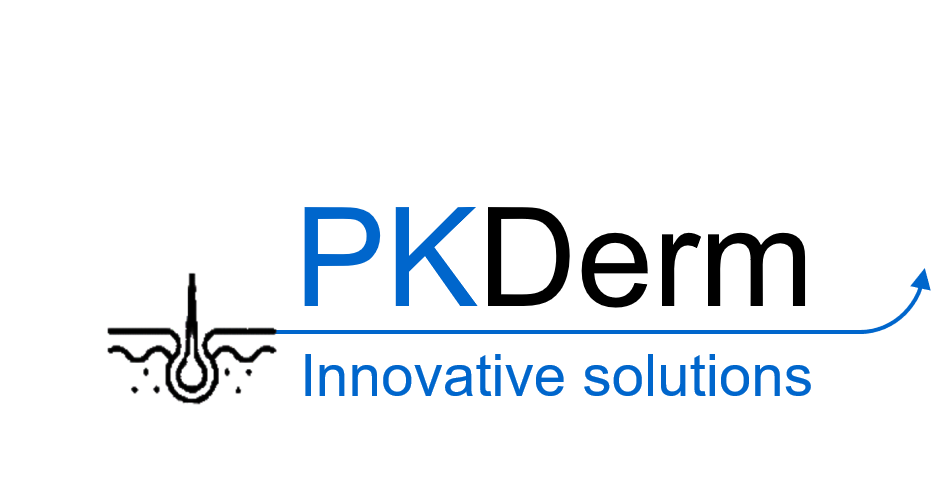Causal biological network model scoring for interpretation of transcriptomic changes in response to COVID-19
Presenting author: Hasmik Yepiskoposyan
From the first days of the coronavirus disease (COVID)-19 pandemic, host inflammatory response and cytokine storm have been in the spotlight of discussions. Cytokines play a crucial role in the innate immune response against invading pathogens, wherein activation of NLR family pyrin domain containing 3 (NLRP3) inflammasome plays a key role. It has also been proposed that the lack of sufficient adaptive response against the severe acute respiratory syndrome coronavirus 2 (SARS-CoV-2) leads to excessive inflammation triggered by the innate immune system, which eventually leads to cytokine storm in affected individuals.
With the aim to characterize disease mechanisms and evaluate possible drug repurposing, we focus our efforts on building network models based on scientific evidence from literature pertinent to inflammasome activation and regulation of different immune cell populations. Important molecular interactions are curated in biological expression language, which allows computation of the network data for graphical representation and model scoring with transcriptomic data.
We have scored the inflammasome network model with SARS-CoV-treated mouse lung tissue data and T cell models with gene expression data from peripheral blood mononuclear cells isolated from pandemic influenza patients. Both network models showed statistically significant network perturbation values, revealing disease-specific molecular entities and pathways, thus substantiating the fitness of this approach for discovery of disease mechanisms. Scoring the network models with COVID-19 patient or model data will allow pinpointing of essential molecular disease pathways that could be therapeutic targets.


